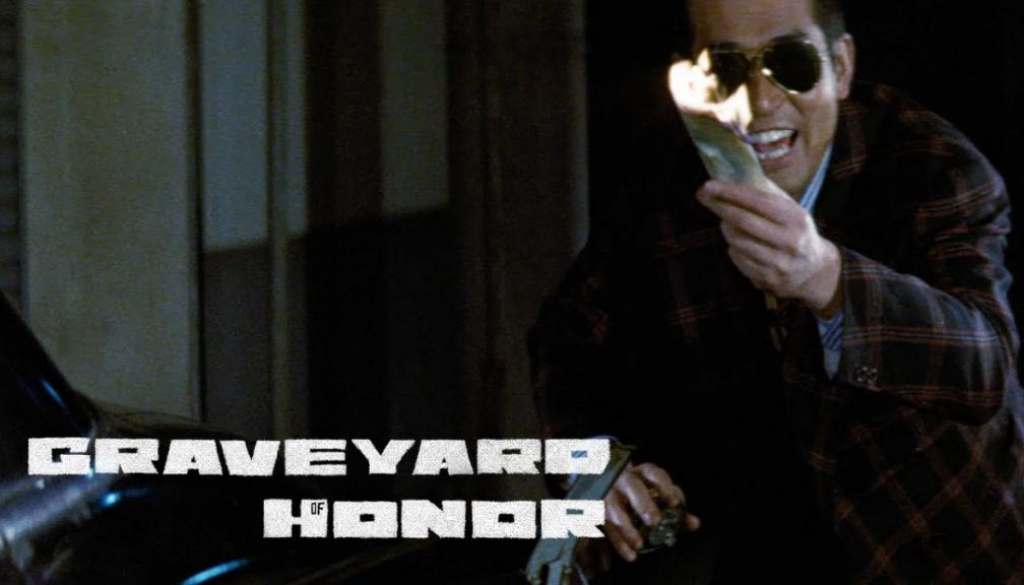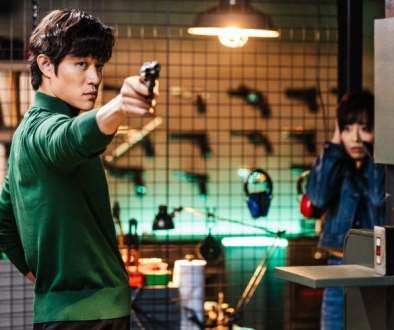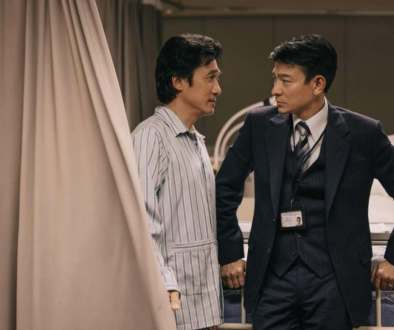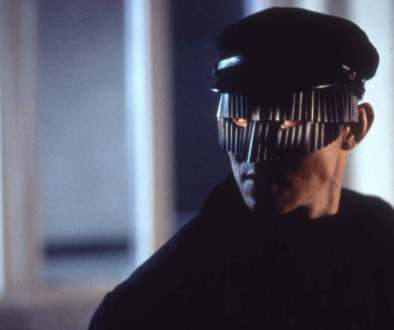Arrow Video Channel Review: Kinji Fukasaku’s GRAVEYARD OF HONOR, The Measure Of An Inglorious Madman
Folks who subscribe to the Arrow Video Channel have a treasure trove of titles to sift through when it comes to the Arrow brand. This especially speaks to fans of Japanese New Wave filmmakers of the 1950s and 1970s, including none other than Kinji Fukasaku who made a name for himself diving into the crime and action features well into the 1960s.
Fukasaku’s 1975 foray in Graveyard Of Honor was no different, choosing to reincarnate the life and times of Rekio Ishikawa, a notorious gangster who, by all accounts observed in the film was a ruthless and incorrigible gangster who could be neither humbled nor contained. The role of Ishikawa would further mark a debut partnership with Fukasaku for actor Tetsuya Watari who had already broken ground with lead roles in Tokyo Drifter and Outlaw: Gangster VIP years earlier, among his growing credits.
Graveyard Of Honor takes place in post-WWII Japan in 1946, Tokyo, where we meet Ishikawa, an enforcer for the Kawada crime family at the age of 22. Outside of the Kawada family, his only other friend is yakuza up-and-comer Iwai (Tatsuo Umemiya) from their time in prison together. One evening, after violently robbing a gambling den full of “third nationals” – immigrants from Taiwan, Korea and China liberated after the war – he breaks into a brothel in order to stash his gun with a geisha named Chieko (Yumi Takigawa), and after rushing back to the gang and getting arrested, he and the rest of the Japanese are released. Ishikawa returns to Chieko’s room unannounced and rapes her before leaving.
Going forward, Ishikawa’s actions continue to jeopardize politics of both the yakuza, as well as the mainstream. His assault on gang leader Aoki is just a tip of the explosive iceberg that lands him eighteen months in prison for the attempted murder of his boss, as well as a target on his back by other inmates, AND a ten-year ban from the yakuza, wherein he is soon exiled to Osaka where he then falls deep into drugs.
That he’s banned, however, doesn’t stop him from returning to Tokyo to cause more trouble despite all the leniency that’s given to him. The bodycount rises as fierce shootouts erupt on the streets of Shinjuku, and friendships are ended at the blood-soaking stroke of a blade, and with Chieko, resigned to being his subservient significant other, forced to mitigate her worsening illness as well as Ishikawa’s incarceration and push to appeal his case, it appears that life on the outside for Ishikawa may forever make him a marked man by the underworld, until 1954 when he commits suicide after six years behind bars.
That Ishikawa became a celebrated legend of sorts in the wake of his death lends no illusions to Fukasaku’s Graveyard Of Honor. In no uncertain terms, the auteur delivers a sordid tale of a gangster who lived life burning the candle at both ends, hurting, maiming and killing with the intent to do either, and driven by an undying madness that stuck with him since his tragic childhood.
The first few minutes provide a quasi-documentarian feel that recurs throughout the remainder of the film, partly diving into questions of Ishikawa’s mental state from boyhood. There’s nothing hallucinatory that underscores Fukasaku’s illustration of Ishikawa’s descent into madness and ferocity, which also makes for a more suggestive, oblique exhibition in firmly depicting the violent world that permeates around him at almost very turn. It’s not until much later in the film in a solemn moment with the bedridden Chieko, that we see at least an inkling of genuine caring, and maybe even a stitch that he actually loved her in his own audacious way.
With Fukasaku’s focus on realism and grit for Graveyard Of Honor, much of this film’s execution can feel a little all over the place with some of the more riotous scenes of violence and action. Typical for most Toei productions of its kind, the cinematography can get pretty rigorous to keep up with in capturing the grittiness and realism of the action, though some of the key sequences of gore are stylishly and more carefully shot with signature effect. The actors all go full-tilt in the action throughout which goes hand-in-hand with Fukasaku’s emphasis on realism. This especially includes venerable Watari who sadly passed away last month, leaving behind a memorable performance among many in a distinguished career that has stood the test of time with cinephiles alike.
If this is you’re first viewing, it does leave you wondering if whether or not more could have been done to depict Ishikawa with a little more nuance, or if the goal was simply to tell a gangster’s tale the way it probably deserves telling. Whatever the case may be, Takashi Miike got reimagine things for his own incarnation in 2002 with the similarly-titled Graveyard Of Honor, and so if this is your first back-to-back exploration of between both director’s, Fukasaku’s own contribution should get you nicely warmed up. It’s a massive effort shot and released in the span of three months, which is an incredible feat to pull off with as many moving pieces as there are in the filmmaking process, and a major compliment to Fukasaku’s legacy as a renowned auteur.

Native New Yorker. Been writing for a long time now, and I enjoy what I do. Be nice to me!





Arrow Video Channel Review: In Takashi Miike's GRAVEYARD OF HONOR, Criminals Gonna Criminal | Film Combat Syndicate
September 16, 2020 @ 6:19 am
[…] reflecting on Takashi Miike’s 2002 rendition of Kinji Fukasaku’s Graveyard Of Honor, news of pending remakes of Mario Van Peebles’ New Jack City and that of […]